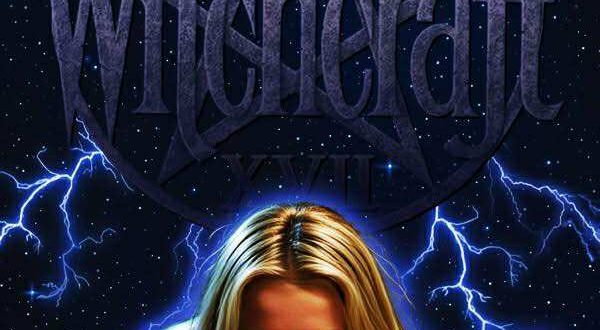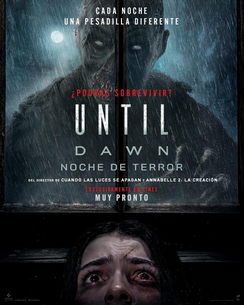
M83’s score for ‘Knife + Heart’ pulsates with queer energy.

The energy that possesses every frame of Knife + Heartis equal parts rage and hunger. Through a torrent of surreal imagery, Yann Gonzalez’s sophomore feature delivers an experience as malleable as the stock that captures its various love scenes. We feel each cut and sink with every heartache. A lavish score by M83 (fronted by sibling Anthony Gonzalez) fits harmoniously alongside radical innovations in late-70s disco and the darker bellows of post-punk. The music adorns an environment centered on the lives of queer artists, sex workers, and wallflowers, all touched by the destruction of an evasive killer. M83 lays the groundwork for an audience to explore the world of the film. Its needle drops tether us to the headspace of the characters living through synchronous moments of devotion and terror.
Set in 1979, Gonzalez’s dreamy portrayal of autonomous gay life is a snapshot of a decade forged by political fury. The 1968 student-led general strikes led to the formation of groups such as Le Front Homosexuel d’action Révolutionnaire (Homosexual Revolutionary Action Front). They fought against the government’s condemnation of same-sex love as a vice. FHAR significantly disrupted anti-gay rhetoric in national French media. They were influential in the repeal of anti-gay laws in the ‘80s. Part of their agenda honors the liberating power of desire and of acting on one’s desires.
Also Read: Sprout and the Bean: How ‘The Strangers’ Uses Music To Create Its Disturbing Atmosphere [Spins and Needles]
This is reflected in the fictional pornographic films of protagonist Anne Parèse (Vanessa Paradis), which is indebted to the work of Anne-Marie Tensi. Combining arthouse sensibilities with kitsch, Anal Fury and Homocidal harness a deliciously spiteful attitude. Gonzalez is thoughtful in where he places clips from these films. We’re meant to take part in bursts of debauchery or contemplation depending on the goal. But as violence becomes an ever-present threat, these images carry with them an air of melancholy on and off set. By the late-70s, a palpable wave of alienation and lack of political cohesion ran through queer communities. In this disjointed, uncertain milieu, Knife + Heart introduces its first victim.
With the camera eye fixated on Parèse’s film star and muse Karl (Bastien Waultier), Gonzalez invites us to enter the neon-drenched Paris nightclub scene. The faunish actor is consumed with ecstasy while “Thrash Me” by Malaria! plays in the background. The funky goth track has lyrics depicting mutual annihilation as an act of intimacy. What makes its savage images danceable is the risk of losing one’s self in another person. Where desire is outlawed, going out in the throes of passion is alluring.
Unfortunately for Karl, a masked killer waits to grant his wish. Gonzalez frames the killer as merely another patron. Parallels between this opening scene and William Friedkin’s Cruising are unavoidable. Yet it serves a purpose beyond exposing predatory behavior. Where the unknown killer in Cruising is characterized through a series of conversations with his victims, Guy (Jonathan Genet) is silent. He pines for Karl at the far side of the establishment, arousing him with gestures. Guy’s mask also prominently displays his eyes and lips, easing the receipt of these messages. As “Thrash Me” melts behind M83’s score, the film carefully flexes its fantastic elements.
Also Read: The Vibrant Deathscapes in ‘Sound of Violence’ [Spins and Needles]
A grackle flies at Karl after meeting Guy in a room away from the dance floor. Karl then takes Guy home and allows himself to be bound to his bed. There, he’s stabbed with a dildo-switchblade to an M83 track that bears his name. Here, the Malaria! lyrics act as a reading of misfortune with the visual alluding to the thematic argument of the blade as a phallic symbol. This is a deliberate reference in a film indebted to a gleefully nasty cinematic tradition. Karl’s death is vicious. Yet Knife + Heart is concerned with warping the rules that bind slashers and giallo.
Curiously, Gonzalez briefly devotes the aftermath of the killing to Guy alone. Well before we learn his name, we are aware that the mask is not a means of keeping us from relating to Guy. As we dwell on his shaken demeanor, that detail cements itself. At its core, the film moves to dismantle the overly simplistic dynamic between monster and victim. Gonzalez builds horror and tension mainly from the interior of his characters. And by introducing us to Anne’s unhinged relationship with her actors, editor Lois McKenna (Kate Moran) and her trusty business partner Archibald (Nicholas Maury) Gonzalez extends its violence to a cursed film production.
In Knife + Heart, premeditated acts of emotional terrorism are on par with the premise of a killer on the loose. The solipsistic reality of Anne Parèse dictates that the needs of her actors are only tended to when they affect her own. Though her work is celebratory, Gonzalez challenges the passive consumption of these images by splicing them into instances of betrayal.
Also Read: ’28 Days Later’ and Post-Rock: Scoring The Unlikely Heroes of the Apocalypse [Spins and Needles]
Karl’s death is intercut with a voyeuristic sex scene of himself and another man. This effectively creates an ouroboros of repression and violence. As an observation of how violence typically functions in the genre, the sequence is fairly blunt. Its aim, however, is set on the harmful behavior that Anne herself and that which is prominent on her set.
Anne uses her power over Lois to force communication long after they have ended their relationship, and later assaults her. An actor, Thierry (Félix Maritaud), is berated for his addiction by Archibald, who runs an openly aggressive workplace in his boss’s presence. Racism in the form of slurs and hypersexualization is normalized towards Rabah (Jules Ritmanic) and Fouad (Khaled Alouach); the latter brought in as a replacement for Karl. Most importantly, Anne takes over as the erratic, anti-social point-of-view character whenever Guy is not on screen.
One of the film’s most hypnotic sequences occurs in a nightclub visited by Anne. The club is booming with carefree gays dancing to an interpretation of “Malagueña” by electro-funk outfit Pico. True to the rebellious nature of late-70s scenesters, disco and punk sensibilities mesh to create a bouquet of gorgeous bodies flourishing in a space all their own. It is difficult not to get swept back in time. But, our focus quickly shifts back to Anne stalking Lois and another woman.
Also Read: Blondes, Beef, and Brutality: The Sounds of ‘The Texas Chain Saw Massacre’ [Spins and Needles]
The seductive melody of “Malagueña” matches Anne’s intensity as she looks on in jealousy. Pico’s rendition hews closely to Ernesto Lecuona’s original work, eschewing nearly all lyrical content that isn’t meant to hype up a crowd, yet this scene of longing is spiritually tied to its romantic Spanish lyrics. Artists such as Connie Francis have lent their voices to a version of the song about a valiant matador sweeping his love interest off her feet. In Anne’s head, she likely sees herself as the hero of her fractured relationship with Lois. In actuality, this moment is a catalyst for an increasingly reactive approach in her work.
During the production of Homocidal, Anne recreates the murders of Karl and Thierry. The investigation surrounding these tragedies puts Anne at the center, where she projects a self-serving erotic narrative onto a morbid subject. This prompts her diegetic stand-in, Archibald, to exclaim: “Is none of this affecting you at all?” Anne can only move forward in pursuit of her vision and desperately unrequited love. The detachment she feels from the murders and Lois becomes creative fodder in a downward spiral.
Without closure in any aspect of her life, irony collapses in on itself when the filmmaker actually writes herself as the killer. Anne assumes control where she has none instead of putting the project on hold. In an instant, her wish-fulfillment fantasies and resentment come to a boiling point she cannot temper as Guy continues killing. A private investigation yields abundant leads. But even in her fictional universe, the reveal of the killer leaves motives unclear and unsatisfying. All the while, Anne’s delusion keeps her nebulous about the actual pattern of the killings.
Also Read: Feeling The Groove of Death In ‘Final Destination’ [Spins and Needles]
Guy’s victims are revealed to have been involved in the making of Spunk and the Land Alone, a Parèse film that mirrors his backstory almost beat for beat. Anne connects the dots too late to make a difference in the lives of those she unintentionally led to their doom. This guilt manifests in a shot featuring the dead surrounding her at the theater showing a retrospective of her work. As if part of a gag in a hellish anaglyph 3-D film Guy bursts into the audience, cutting away at the screen before being tackled and disarmed.
His death is horrific, initiated by other gay men who look entirely justified as far as they are concerned. Gonzalez has talked about the extent to which Guy is representative of a tense period just before the AIDS crisis began to take hold. Without denying the catharsis this scene provides in beating back a corrosive force from ravaging communities, it is evident that the killer exists as more than an abject terrorizer.
After each kill, Guy’s backstory pushes the film into esoteric territory in the form of visions. These segments are harsher looking than the lush aesthetic often allows, intensifying with Guy’s transgressive cries for attention. The details of his past read as an analogy to popular interpretations of Sodom and Gomorrah. After being caught with his lover Hicham (Teymour El Attar), Guy is castrated by his father. They are both killed and left to burn. This act of evil compels Guy to exact his revenge. His restless spirit lives in agony, and every murder is enacted with the same amount of hatred that propelled his own.
Also Read: They’re Here: ‘Poltergeist,’ Steve Freeling, And Grappling With Toxic Masculinity
If he had lived long enough to move to Paris, Guy might have starred in a Parèse film or two. It’s worth noting that Gonzalez grants the character the same tenderness in all his scenes that he does every other actor who shows vulnerability. This is what separates him from the typical slasher villain. There’s a repetitive quality to his suffering that stems from a lack of real connection. It’s something every character in this film strives for, and is mediated thematically in the film’s closing song, “Love’s Refrain”.
It is difficult to describe Knife + Heart without the ability to imprint how good it hurts. Though Jefre Cantu-Ledesma’s layered shoegaze track is a perfect contender to sum up the entire film based on its title alone. By the finale, Gonzalez has merged the perpetual hangover of R.W. Fassbinder’s queer odysseys with the heightened drama of Pedro Almodóvar to find balance in a story about a sabotaged film set and the exploitable youth coaxed to work on it. This melange of wide-eyed ambition and unrestrained artistry is at times so intoxicating. It maintains the dangerous illusion of community inside a volatile situation.
The epilogue that features “Love’s Refrain” explodes into a literal orgasm of style and sentimentality, reminiscent of Gonzalez’s prior short film Islands, which also includes a scarred slasher villain yearning to be loved on his own terms. But the director is not asking us to forget the violence we have just seen. Like a seasoned DJ with an acute ability to read the room, the director quiets us down and lets us breathe.
Also Read: From A Whisper To A ‘Scream’: Youth in Wes Craven and Kevin Williamson’s America
“Love’s Refrain” exemplifies “a life of faraway desires” for outsiders. The phrase is used condescendingly against Guy, but ends up revealing much more about the Parèse collective as a whole.
Knife + Heart is, among other things, a film about being lonely in a world of hostility. Joy and tragedy are fluid concepts, and the director never loses sight of how tentative the boundary is between them. The candle burns fast at both ends for everyone. There is no shame in excess if it brings even a fleeting sense of happiness. Gonzalez leaves his audience with a reel of 16mm footage showing Guy and Hicham in a state of bliss. Whether these are the final images running in Guy’s mind as he finally lays to rest, or a different universe where he is able to love freely, there’s a finality to them that’s comforting and sad. With the reverse shot of Anne and Archibald that closes the film, we are asked to consider who we are, were, and who we could be for ourselves and others.






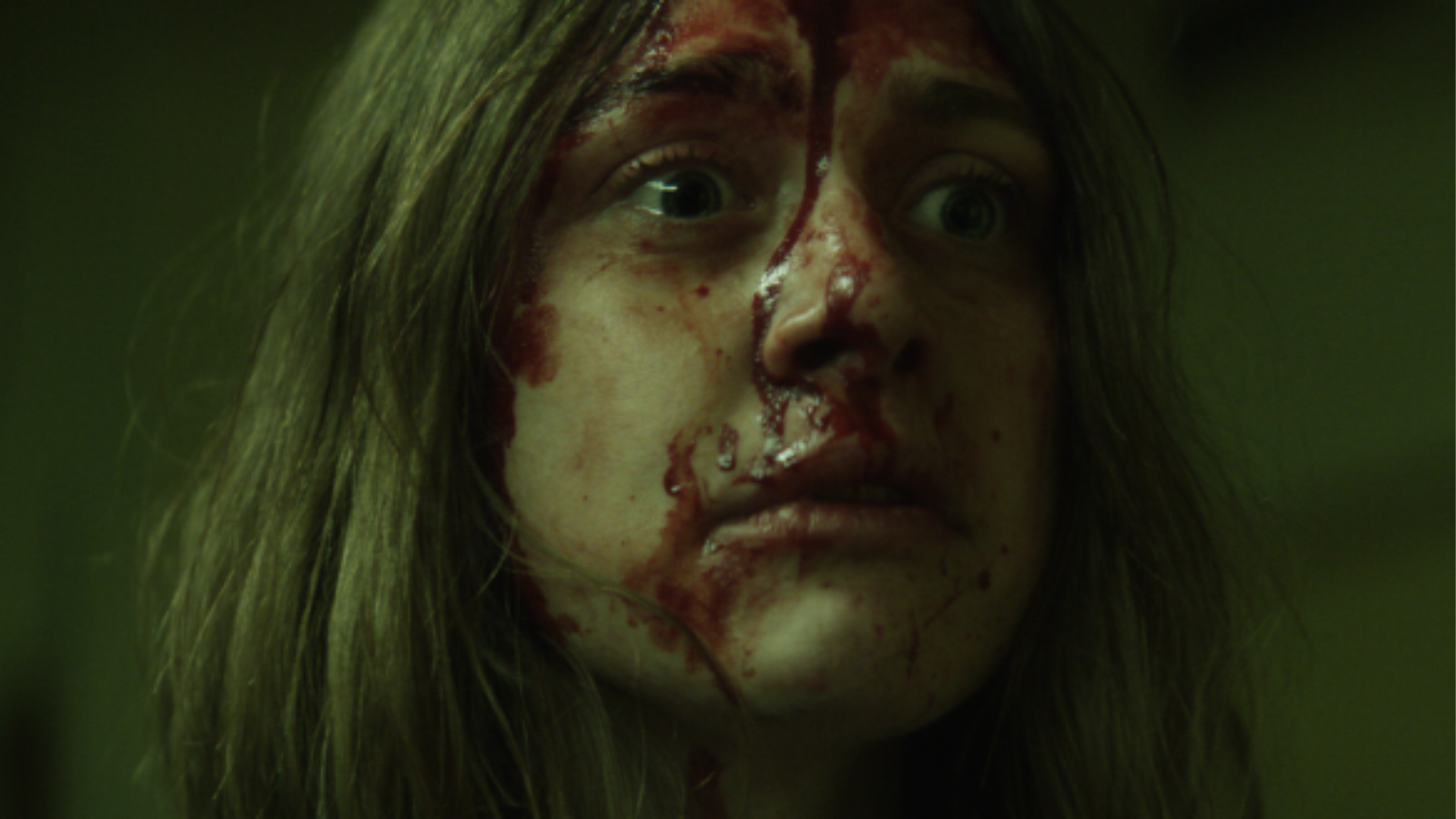










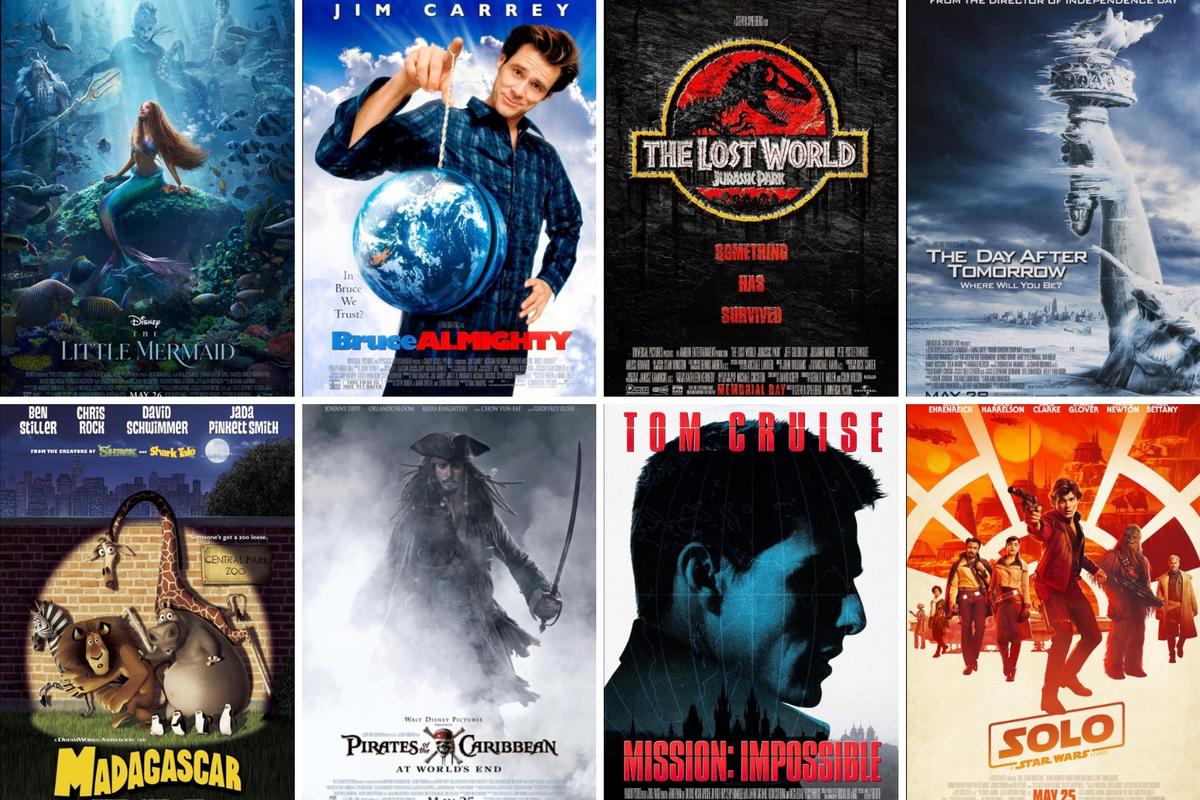
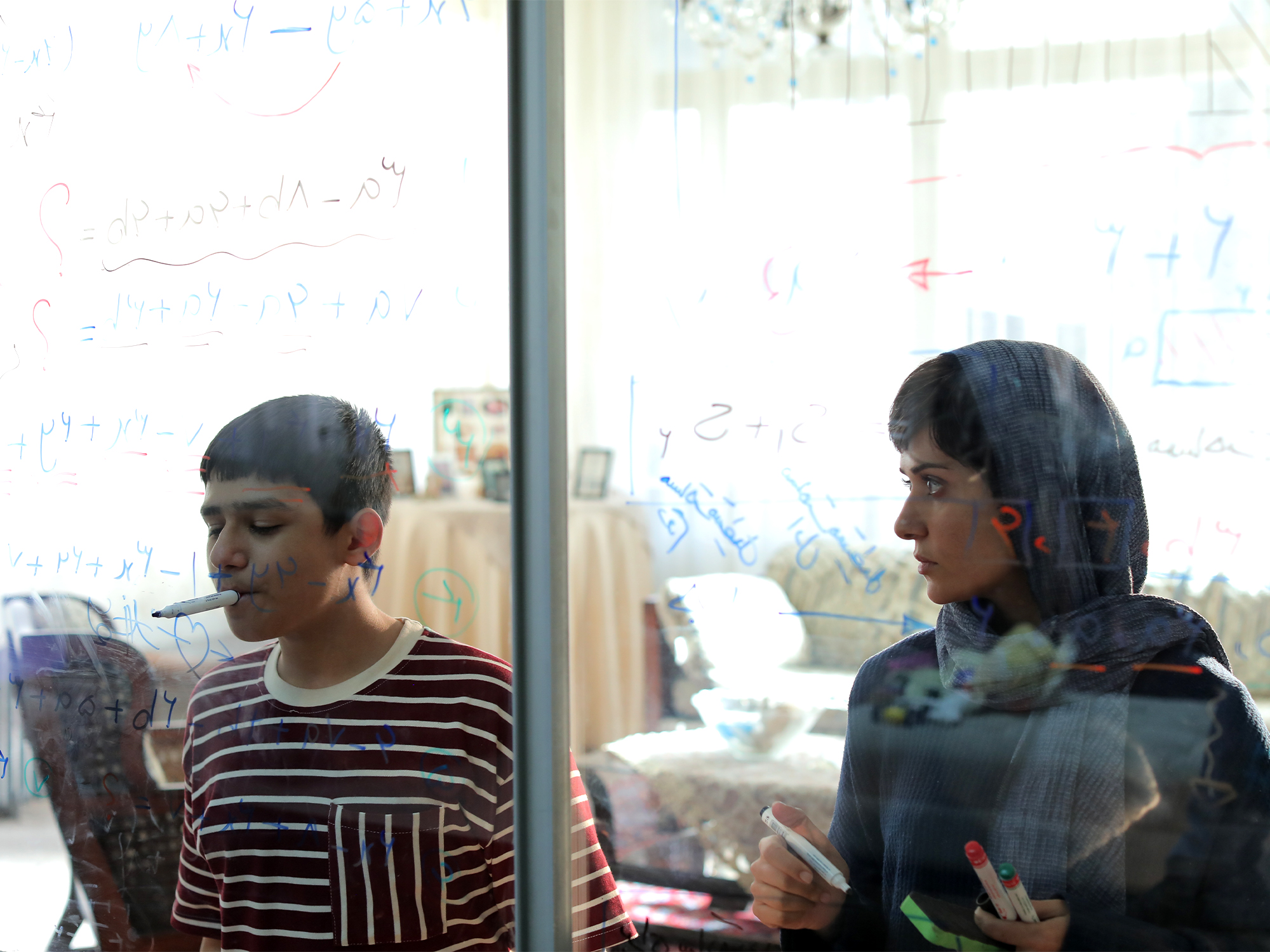








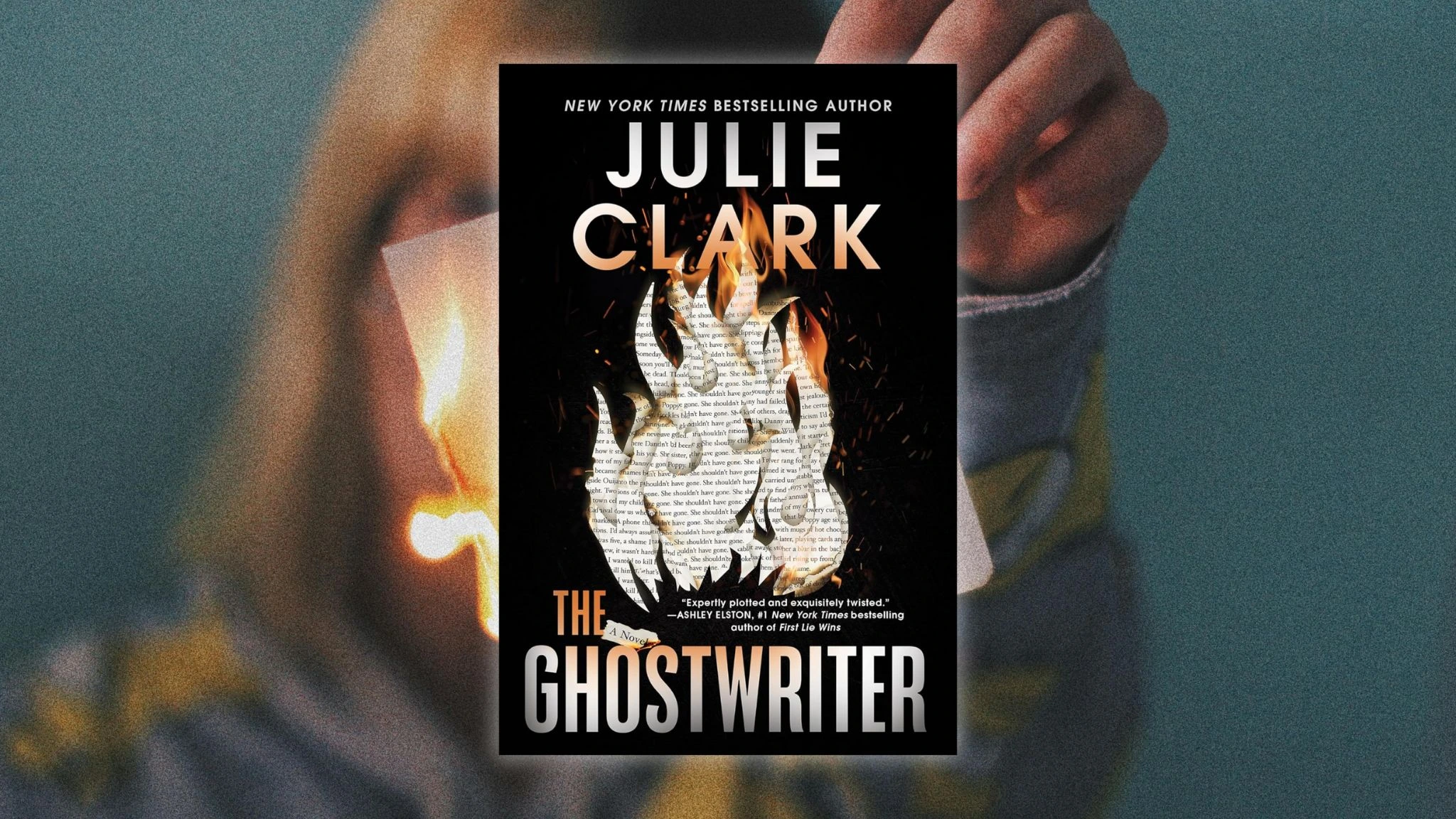
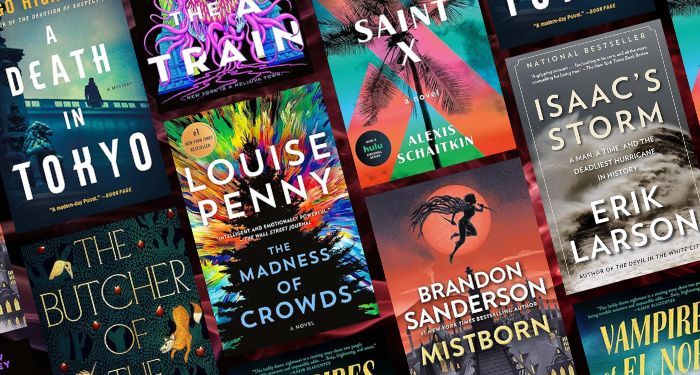
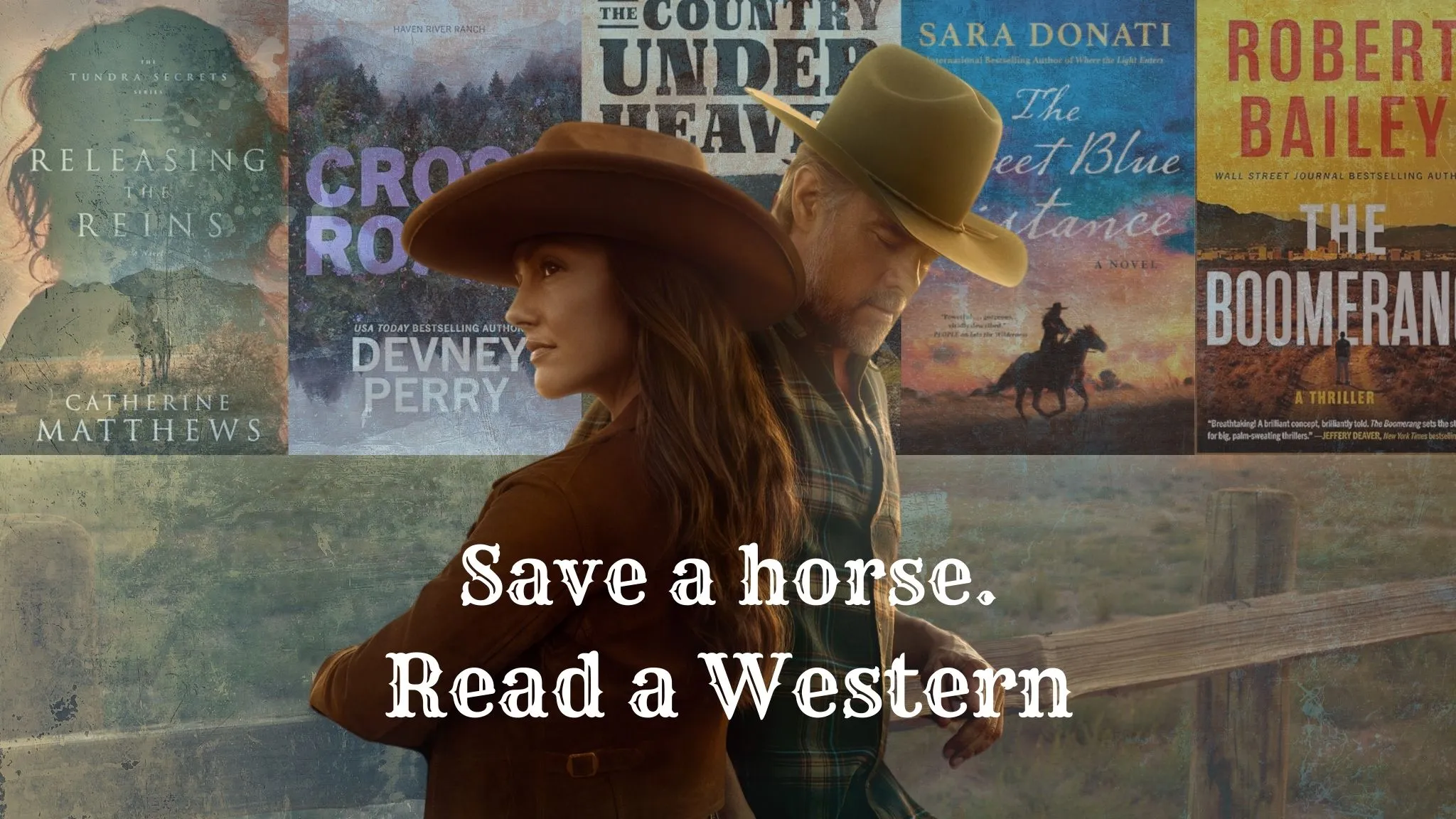


:quality(85):upscale()/2025/05/19/981/n/1922564/93076eb0682bb18c994e06.89379902_.png)

:quality(85):upscale()/2025/05/23/715/n/1922564/1e63d6e168309df259d956.72331408_.png)
